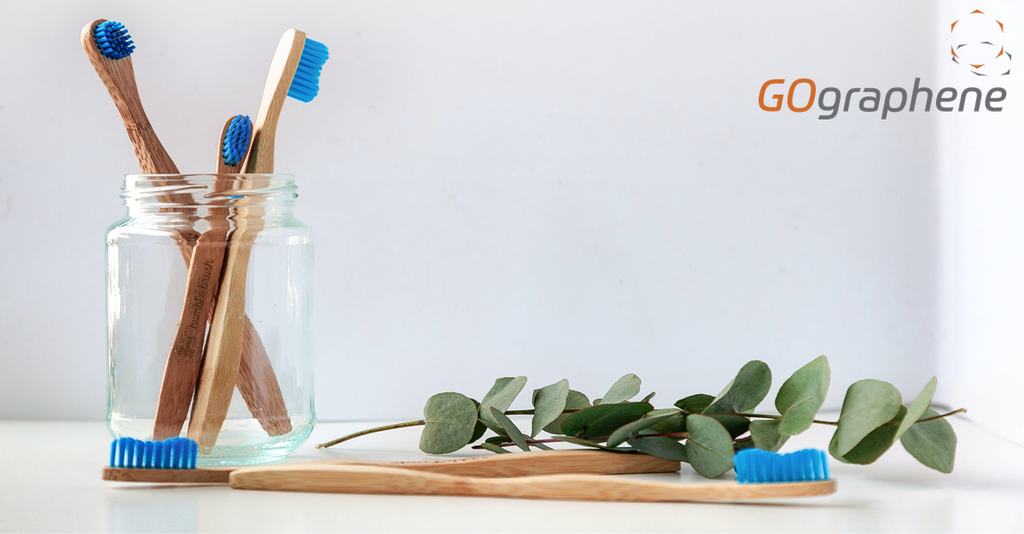GOpublications: Nano Silver-Graphene Oxide In The Fight Against Root Canal Infections
Root canal treatment is a dental procedure used to rid tooth centres of bacterial infections. This involves both the mechanical debridement and chemical irrigation of infected teeth. While the current success rate stands at up to a remarkable 90%, the one prevailing cause of treatment failure stems from the lack of ability to access confined areas between adjacent teeth, thereby allowing bacterial infections to persist, impenetrable biofilms to form and thus antimicrobial resistance to develop. So far, the most effective and penetrable irrigant used to date is sodium hypochlorite (NaOCl), however, due to its caustic and deleterious nature towards dentine collagen, the need to find alternatives have become increasingly important.
In response to this, researchers at King’s College London have turned their attention to William Blythe’s own graphene oxide (GO), not only for its 2D monolayer sheet structure, but also for its multiple oxygenic functional groups: the hydroxyl, carboxyl and epoxide, which allows for a high binding capability. Researchers here have exploited the above features and properties to synthesise a Ag-GO matrix for use as a novel irrigant by reducing AgNO3 to Ag nanoparticles using 0.01 M NaBH4 in the presence of GO. The resulting 0.25% Ag-GO irrigant was then tested on a biofilm covered ex vivo tooth model and its antimicrobial activity compared with the following existing irrigants: sterile saline, 1% and 2.5% NaOCl, 2% chlorhexidine gluconate (CHX) and 17% EDTA. Each irrigant was also tested with three different activation methods including conventional irrigation, ultrasonically activated irrigation and XP Endo Finisher. The antimicrobial efficacy of each group was then assessed using a combination of paper point sampling, microbial counting and by measuring dentine tubule biofilm disruption levels.
Results from this study showed that although 2.5% NaOCl, today’s gold standard irrigant, caused maximum biofilm disruption, ultrasonically activated Ag-GO, caused the largest reduction in total biovolumes overall. This overwhelming success was largely attributed to GO’s multipotent mechanism of antimicrobial action. Specifically, GO’s layered bidimensional sheets, which allowed for the enveloping and isolating of microorganisms, while the sharp-edged feature of said sheets act as cell membrane cutters, causing rapid intracellular cytoplasm leakage, inactivated proliferation and thus cell death. This application not only highlights GO’s usefulness in future dental treatments but more impressively brings to light the potential for the impregnation of various different chemicals within GO in order to form a composite matrix with tuneable properties.
For more information on our collection of GO products and applications, please contact our Technical Director, Mike Butler or visit our website.
Dental materials, 2019, 35, 11, pp. 1614 - 1629

